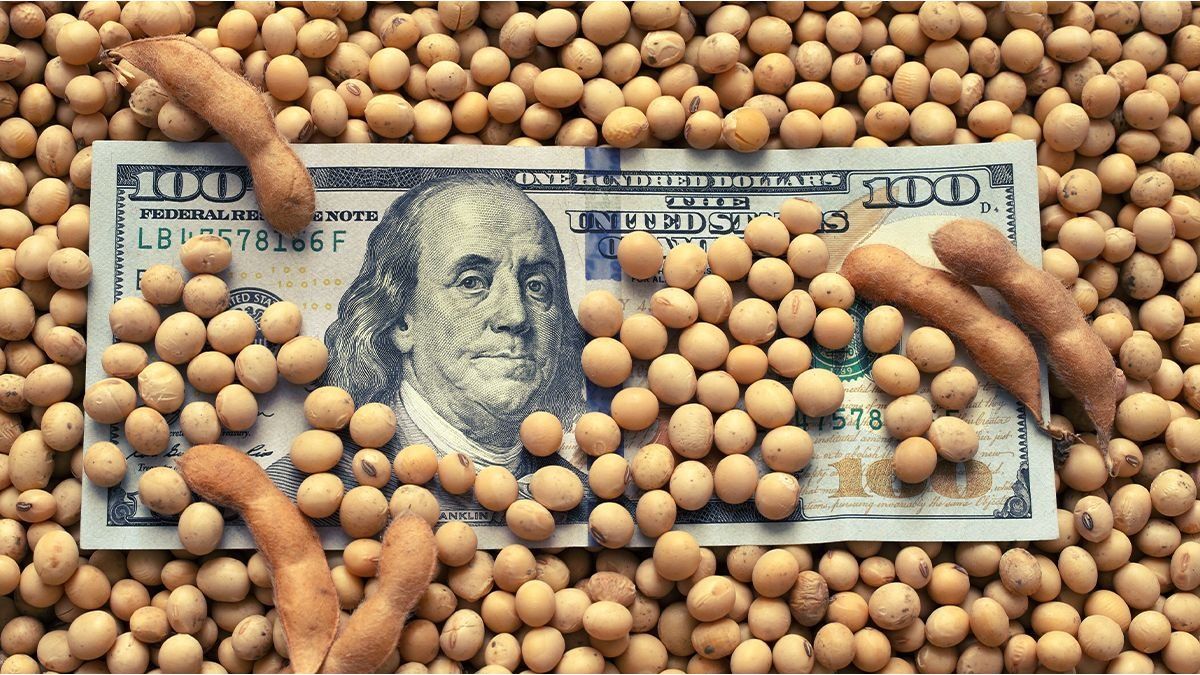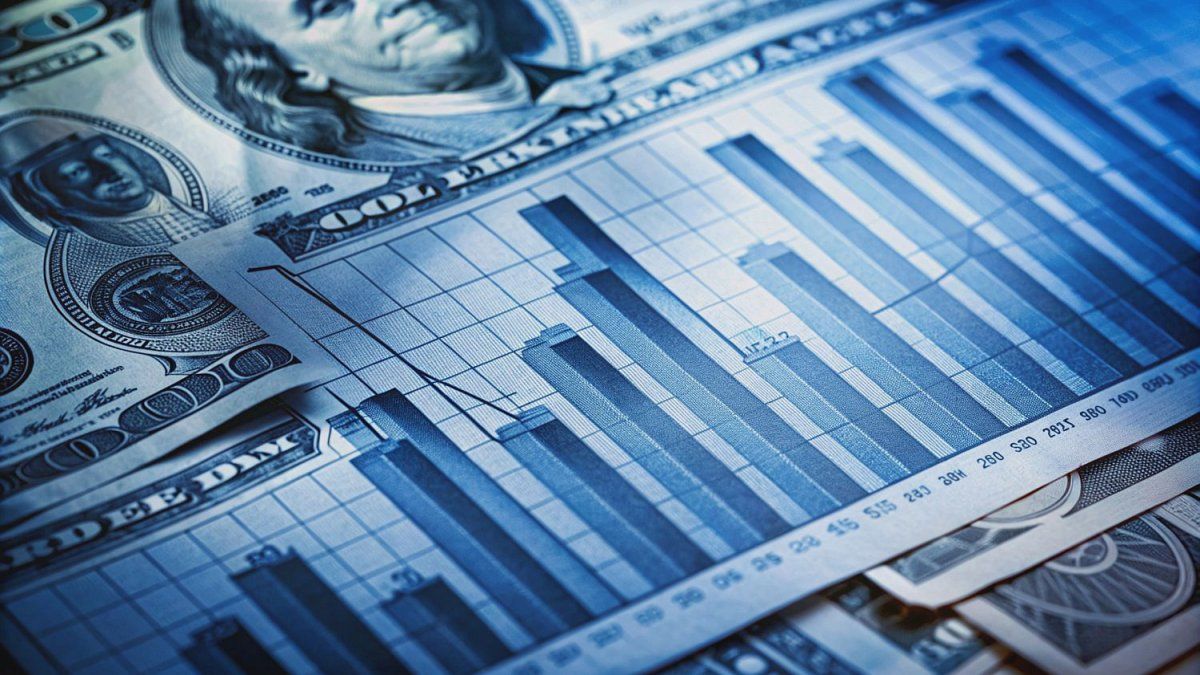The first stage of the farm dollarthe soybean dollar 3, which is the third edition of the Export Increase Program (PIE III) and establishes a differential exchange rate of $300 per dollar for exports from certain productive sectors, ends this Wednesday its validity for the soybean complex and there is expectation regarding what final results it will produce.
To date, the amount of grain traded by producers was 7.9 million tons, below the 10 million expected at the time the measure was launched. And, with regard to the settlement of foreign exchange for this concept, so far the export entered the Single and Free Exchange Market (MULC) a total of US $ 4,027,573,836.
The partial final data will be known this afternoon, however, to analyze the result in its entirety, we will have to wait for the weekend since the period for the settlement of foreign exchange by the export sector will be extended until this Friday because the operations of the soybean wheel (CAM9) can be settled up to T+2 (two days after closing), therefore the Effective end is Friday, June 2.
How the soybean dollar evolved 3
In this way, the sale of soybeans under this special exchange regime will have its last day, as established in Decree 194/23 with which the Ministry of Economy launched the program.
The commercialization of the grain started in mid-april at a slow pacewith an average of 100,000 tons per day, as a consequence, in part, of the price offered for the merchandise that was around $98,000 per ton, below what was expected by the producers
To this was added that, at the end of April, the cuts in the estimate of soybean production by private companies continued, which happened in the case of the Buenos Aires Grain Exchange (BCBA). from 22.5 to 21 million tonsreducing the amount of merchandise available for sale.
However, in the last few weeks the business volume grew conclusively hand in hand with an improvement in prices that rose to $105,000 per ton, with daily sales peaks reaching 590,000 tons.
This led to the amount of soybeans sold by producers falling short of initial expectations.
Purchases under the Sunflower, Barley and Sorghum Program also close today, although the period to enter the foreign currency will be extended until August 31, as will also happen with the regional economies.
Source: Ambito




